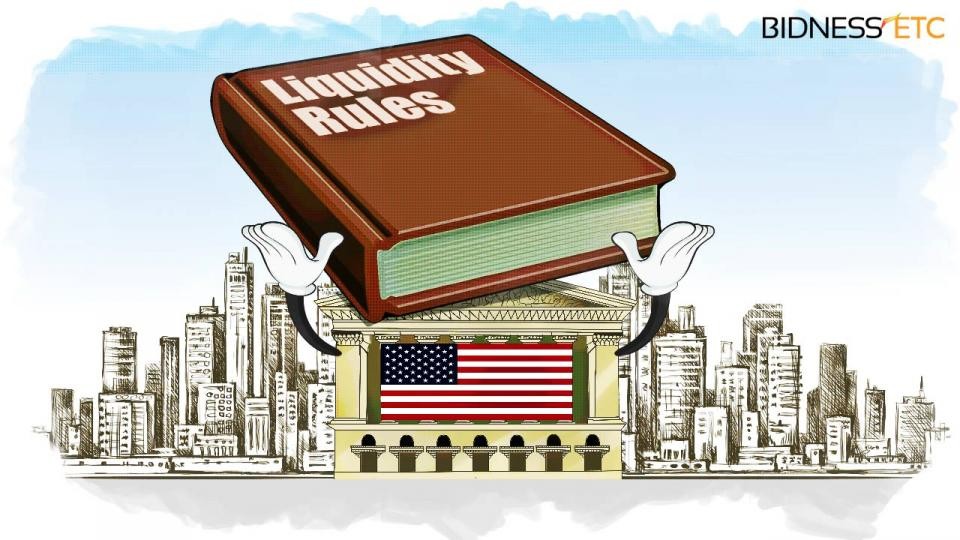Bank of America Corp Citigroup Inc Wells Fargo & Co JPMorgan Chase & Co Why Bank Stocks Are So
Post on: 9 Апрель, 2015 No Comment

Have you ever wondered how billionaires continue to get RICHER, while the rest of the world is struggling?
I study billionaires for a living. To be more specific, I study how these investors generate such huge and consistent profits in the stock markets — year-in and year-out.
CLICK HERE to get your Free E-Book, “The Little Black Book Of Billionaires Secrets”
Make no mistake – by traditional measures banks look cheap, and their stocks could do fine until the next financial crisis.
But thats the problem. Looking at banks that way ignores the elephant on their balance sheets, and the potential damage to our portfolios.
Heres whats really driving this critical economic sector into a buyer beware investment category…
Beware This Financial Weapon of Mass Destruction
Disappointing fourth-quarter earnings reports led to a sharp sell-off in big bank stocks thus far in 2015.
As of January 17, the group was already down 11% year to date, compared to a 3% drop in the S&P 500. The big four U.S. banks – Bank of America Corp. (NYSE: BAC), Citigroup, Inc. (NYSE: C), JPMorgan Chase & Co. (NYSE: JPM), and Wells Fargo & Co. (NYSE: WFC) – are trading at an average P/E multiple of roughly 12x, compared to a 16x multiple for the broader market.
But these bank stocks are cheap for a reason. Banks are different than industrial companies – their balance sheets are enormously leveraged, complex, and opaque, and they contain all kinds of hidden landmines.
And when those landmines are triggered, the fallout could be catastrophic.
By way of an example, consider a little story about a hedge fund that just blew up – Everest Capitals Global Fund.
According to Bloomberg Businessweek. after earning 14.1% in 2014, this fund had $830 million in assets as of the end of last year. But it literally vaporized last week after the Swiss National Bank surprised markets by removing the peg of the Swiss franc against the euro.
The fund lost 100% of its money because it was overexposed to a single financial instrument and was too leveraged. That is precisely the same kind of risk that is facing the large U.S. banks – they are overexposed to derivatives in amounts that could wipe out their shareholders equity overnight.
Its a tale, and warning, worth telling: the most alarming aspect of the big banks balance sheets are the hundreds of trillions – yes, thats trillions with a capital T – of derivatives contracts that sit on their books.
In the next financial crisis, these weapons of mass financial destruction could wipe out shareholders in the blink of an eye….
The Absolute Value of Risk Is Too Big to Ignore
Indeed, the biggest reason to avoid investing in banks is the one that nobody wants to talk about.
JPMorgan Chase, Citigroup, and Bank of America sit on top of huge derivatives books that dwarf their capital bases.
As of June 2014, the last date for which data was available, JPMorgan Chase, Citigroup, and Bank of America, respectively, had $68, $61 and $37 trillion of derivatives contracts on their balance sheets. This compared to shareholders equity of $227.3 billion at JPM, $213 billion at C, and $237.4 billion at BAC (these are billions with a b).
In other words, the volume of derivatives is about 300 times larger than the bank capital supporting them.
In the event of another financial crisis in which the counterparties on these contracts decide they are unable or unwilling to meet their obligations, these banks would be wiped out and the government would be forced to bail them out – again.
The only question would be whether politicians would be willing to again bail out shareholders. Thats not a bet I would want to make. Its going to be expensive enough to bail out insured depositors, to say nothing of the $4 trillion of uninsured deposits that are also at risk.
In December, Congress agreed to allow the banks to leave these derivatives inside the bank subsidiaries that are insured by the FDIC, leaving depositors exposed to losses.
Wall Street, which is completely conflicted in having its analysts recommend the stocks of its own industry. wants to pretend that derivatives are not a risk.
Instead, analysts are arguing that things are going to get better for the banks. To some extent they have a point. The regulatory assault that has extracted tens of billions of dollars of legal costs from JPM, C, and BAC is likely nearing an end.
Even if the banks continue to run up ten-figure legal bills for the next couple of years, these costs are going to wind down sooner or later.
Furthermore, one has to believe that sooner or later bank managements will start learning from their mistakes. While these behemoths are extremely difficult to manage, there is little chance that JPMorgan will swallow another London Whale (where it lost over $6 billion risking its capital trading credit default swaps on high-yield bond indexes), or that Bank of America will buy another subprime mortgage company like Countrywide Credit. Regulation has turned these institutions into quasi-public utilities whose opportunities to take foolish risks has been significantly limited.














